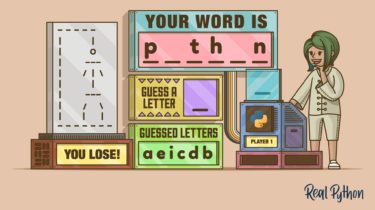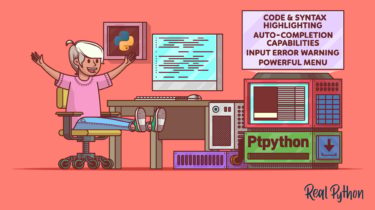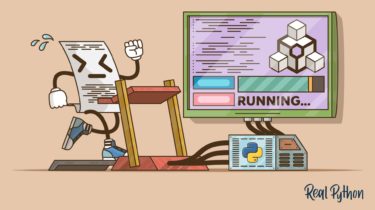Document Your Python Code and Projects With ChatGPT
Having good documentation is a critical feature of any successful Python project. In practice, writing documentation is hard and can take a lot of time and effort, so some developers don’t like to do it. Luckily, with large language models (LLMs) and tools like ChatGPT, you can quickly document your Python code and projects. In Python, you can document your code using docstrings and then take advantage of them to enrich the project’s external documentation. ChatGPT can be of great […]
Read more




